Induction

People are multi-faceted
Your approach to Induction should be too.
An induction program is a critical component of engaging and retaining great people within an organisation. As part of welcoming new employees, companies will typically include safety training, company information, marketplace information, and technical skills training; however, they can often overlook a critical element: relationships.
It is particularly important that an induction program includes time to understand the personality and work preferences of one’s immediate manager, since the number one reason people leave companies is due to having a poor relationship with this person. This, of course, applies equally in the reverse: managers need to take the time to develop an understanding of their new hire's "mode of operating".
Assessment tools are commonly used to support new hires transition into their team quickly by helping them understand their manager as well as their team members: their unique personal traits, behavioural quirks, motivators, values and skills.
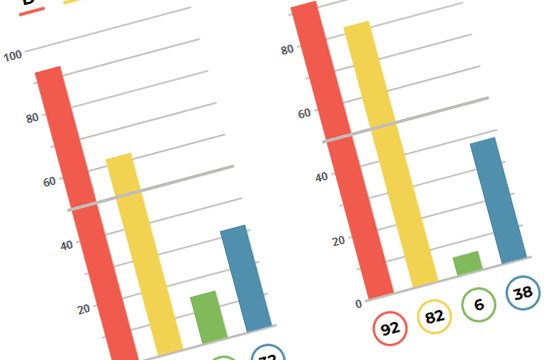
DISC Profile in Induction
This assessment measures 4 core behavioural tendencies.
DISC is commonly used to help induct a team member by sharing their profile with the rest of the team so that they know what to expect from the new recruit, and so the new recruit can understand the best way to communicate and interact with their new team. Understanding the basic communication preferences each person has is a great starting point for induction as well as team restructures.
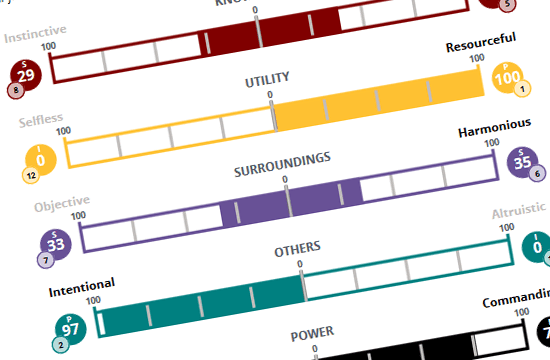
Driving Forces Profile in Induction
This assessment measures 12 personal drivers or motivators.
When you know what people value most, it is much easier to know what to expect from them. Knowing people's values are also important for helping to prevent conflict and misunderstandings, which are an inventible part of work. Since values can often make or break a relationship, they are important to know right from the start — for both team members who will be working together and their immediate managers.
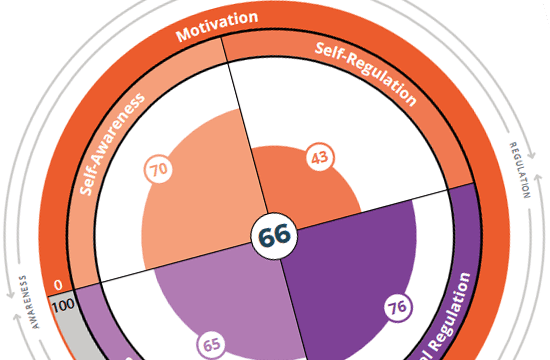
TTI Emotional Quotient in Induction
This assessment measures 5 core dimensions of EI.
The 5 core areas of EI serve as a foundation for understanding a person's level of emotional mastery and how that can be translated into management strategies for getting the best out of them. Using an EQ profile at the beginning of employment serves as a good platform to discuss the best way for each team member to work with each other, their tendencies under stress, and what can be done to reduce the potential for conflict.
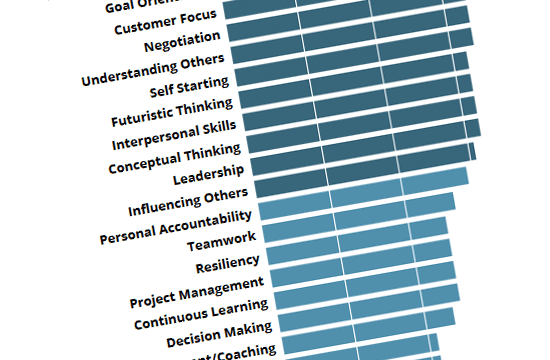
DNA Profile in Induction
This assessment measures 25 competencies or soft skills.
The DNA profile is so named because there are 25 soft skills that are the basis (or building blocks) for performance across many different roles. Understanding which competencies are most important to success in an individual’s job means that they have a clear understanding of what they need to develop right from the beginning.
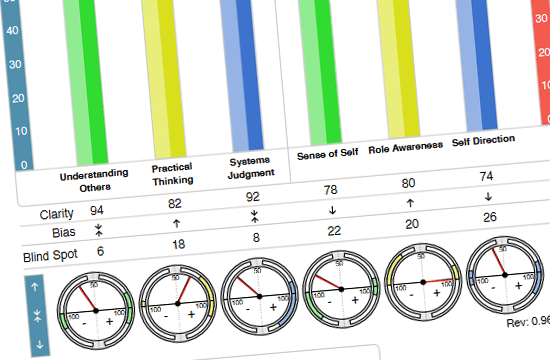
Acumen Capacity Index in Induction
This assessment measures 3 core dimensions of thought.
Everyone's brain has a unique thought process or model through which we filter and assess our views of the world. These patterns of thought determine our acumen: our ability to make good judgments (related to, but different from, business acumen). Understanding our acumen allows us to understand our natural talents and overall potential.
Your Difference: Multi-Science Profiles
One of the advantages of the TTI suite of tools is that we offer you “multi-science” reports, which provide integrated feedback. With this multi-dimensional view, leaders and managers are able to understand themselves and others at a much deeper level than just using a single assessment. The additional advantage to multi-science assessments is they provide you with a layered development plan for leaders. For example, leaders can work through information on their behavioural style, driving forces, and emotional intelligence in one short sitting or they can tackle it one phase at a time over several months. Multi-science reports provide better options for training, more comprehensive information, and more “ah-ha” moments.
